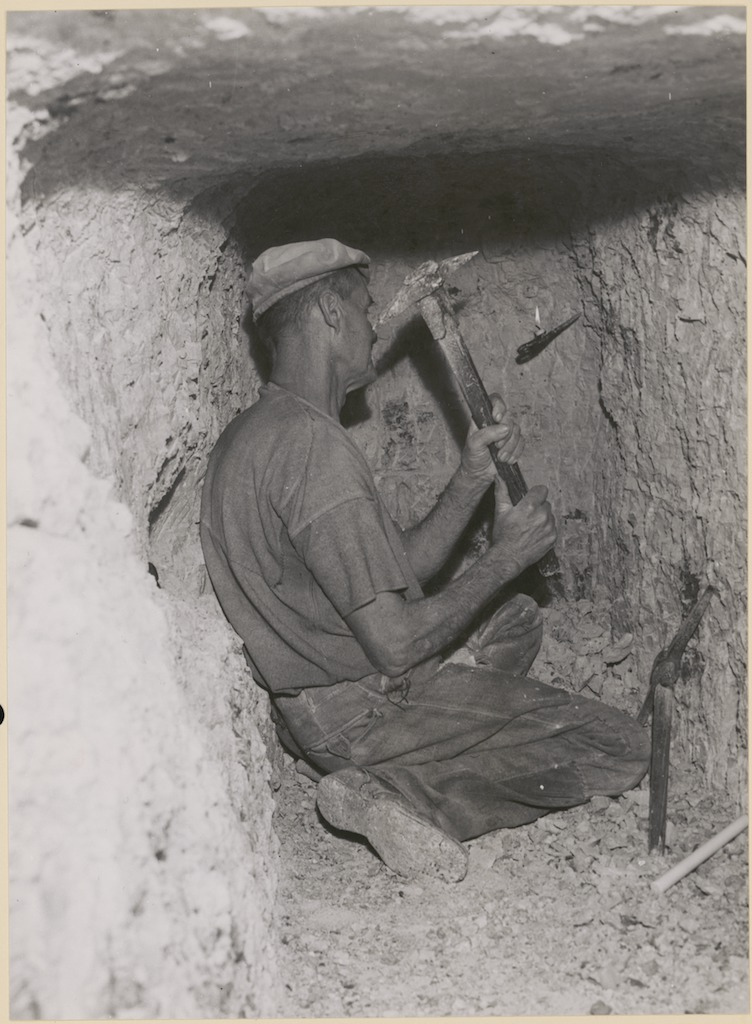INSTITUTE FOR WORK & HEALTH (2020). Essential Skills and OHS Training: a guide to embedding an essential skills curriculum within an OHS training program - INVASSAT
Atrás INSTITUTE FOR WORK & HEALTH (2020). Essential Skills and OHS Training: a guide to embedding an essential skills curriculum within an OHS training program
INSTITUTE FOR WORK & HEALTH (2020). Essential Skills and OHS Training: a guide to embedding an essential skills curriculum within an OHS training program
INSTITUTE FOR WORK & HEALTH. Essential Skills and OHS Training: a guide to embedding an essential skills curriculum within an OHS training program [en línea]. Toronto (Canadá): Institute for Work & Health, 2020. 56 p. [Consulta: 17.05.2021].
Esta guía ha sido desarrollada a través de un proyecto de investigación titulado: "Abordar las brechas de habilidades esenciales entre los participantes en un programa de capacitación en salud y seguridad ocupacional: un estudio piloto". El proyecto fue financiado por la Fundación Max Bell y el Programa de Oportunidades de Investigación del Ministerio de Trabajo de Ontario. El proyecto es una colaboración entre el Institute for Work & Health (IWH), Blueprint ADE, Laborers 'International Union of North America (LIUNA) Local 506 Training Center, Infrastructure Health & Safety Association (IHSA), Social Research and Demonstration Corporation, SkillPlan, y expertos en el diseño de planes de estudio de habilidades esenciales. El proyecto busca determinar si los resultados de un programa de capacitación en salud y seguridad ocupacional (OHS) podrían mejorarse modificándolo para abordar las brechas en las habilidades esenciales (ES). En un estudio de viabilidad anterior, identificamos el programa de izado y aparejo ofrecido por LIUNA Local 506 utilizando el plan de estudios desarrollado por Infrastructure Health & Safety Association (IHSA) como el mejor candidato para un estudio piloto. Esta ocupación es de alto riesgo y la mayoría de la población en formación tiene brechas de habilidades esenciales (ES).
Aquesta guia ha sigut desenvolupada a través d'un projecte d'investigació titulat: "Abordar les bretxes d'habilitats essencials entre els participants en un programa de capacitació en salut i seguretat ocupacional: un estudi pilot". El projecte va ser finançat per la Fundació Max Bell i el Programa d'Oportunitats d'Investigació del Ministeri de Treball de Ontario. El projecte és una col·laboració entre el Institute for Work & Health (IWH), Blueprint ADE, Laborers 'International Union of North America (LIUNA) Local 506 Training Center, Infrastructure Health & Safety Association (IHSA), Social Research and Demonstration Corporation, SkillPlan, i experts en el disseny de plans d'estudi d'habilitats essencials. El projecte cerca determinar si els resultats d'un programa de capacitació en salut i seguretat ocupacional (OHS) podrien millorar-se modificant-lo per a abordar les bretxes en les habilitats essencials (ES). En un estudi de viabilitat anterior, identifiquem el programa d'hissat i aparell oferit per LIUNA Local 506 (utilitzant el pla d'estudis desenvolupat per IHSA) com el millor candidat per a un estudi pilot. Aquesta ocupació és d'alt risc i la majoria de la població en formació té bretxes d'habilitats essencials (ES).
This guide has been developed through a research project titled "Addressing essential skills gaps among participants in an occupational health and safety training program: a pilot study." The project was funded by the Max Bell Foundation and the Research Opportunities Program of the Ontario Ministry of Labour. The project was a collaboration among the Institute for Work & Health (IWH), Blueprint ADE, Labourers' International Union of North America (LIUNA) Local 506 Training Centre, Infrastructure Health & Safety Association (IHSA), Social Research and Demonstration Corporation, SkillPlan, and experts in the design of essential skills curriculum. The project sought to determine whether the outcomes of an occupational health and safety (OHS) training program could be improved by modifying it to address gaps in essential skills (ES). In a prior feasibility study, we identified the hoisting and rigging program offered by LIUNA Local 506 (using curriculum developed by IHSA) as the best candidate for a pilot study. This occupation is high risk, and most of the trainee population has ES gaps. Through consultations with the training centre and a review of the existing curriculum, we identified document use and numeracy as the essential skills most important in the hoisting and rigging program. We worked with ES curriculum experts, the training centre and IHSA to develop a modified curriculum designed to improve those aspects of numeracy and document use that are related to the job of hoisting and rigging. Changes included: new text on how to use Ontario's Occupational Health and Safety Act and regulations as a reference document, new explanatory content for different types of calculations, and updated calculation examples that included substeps.















